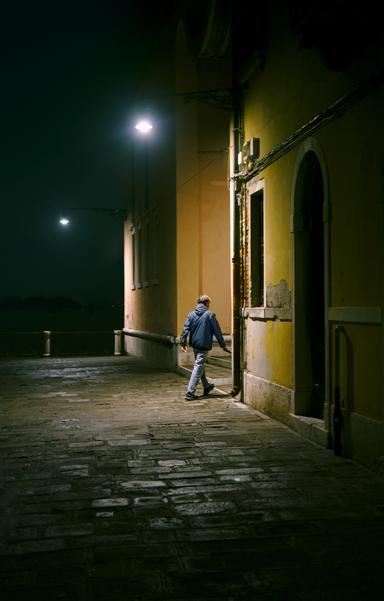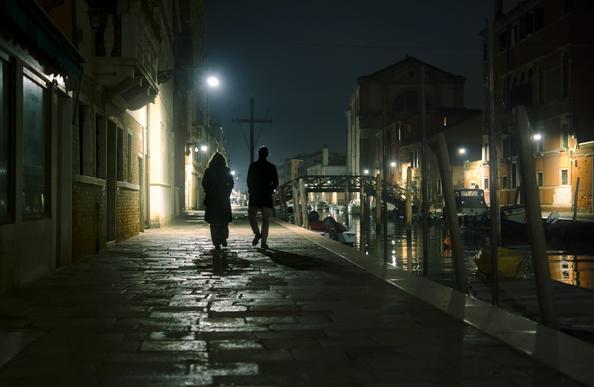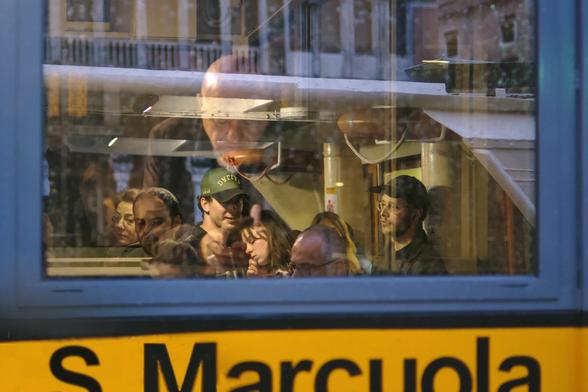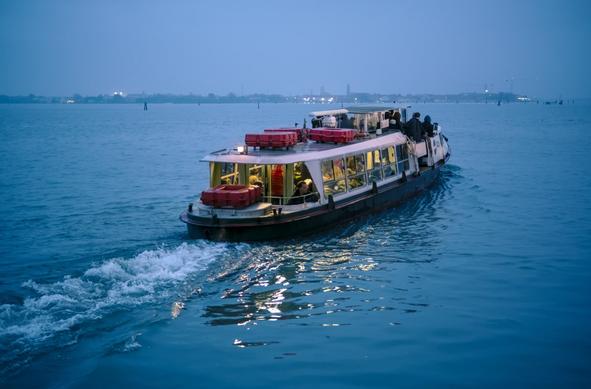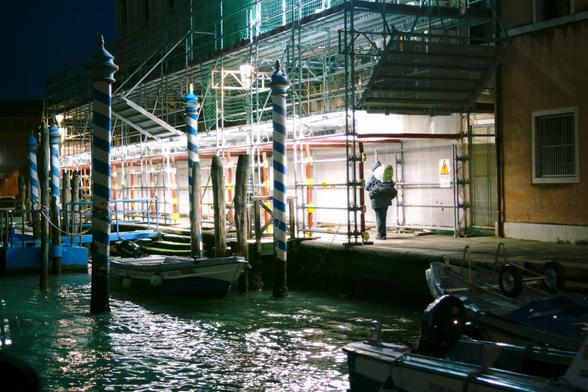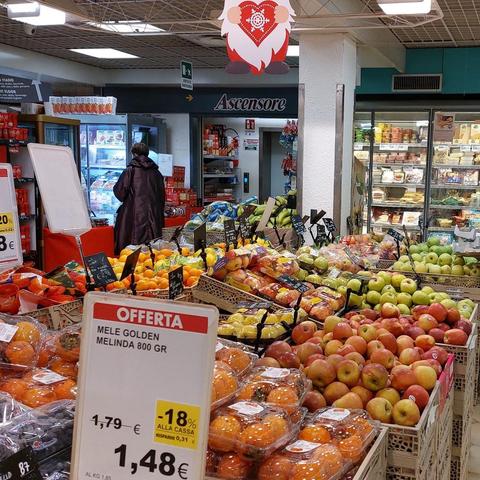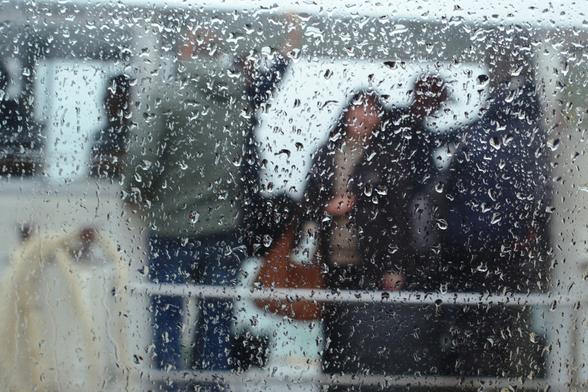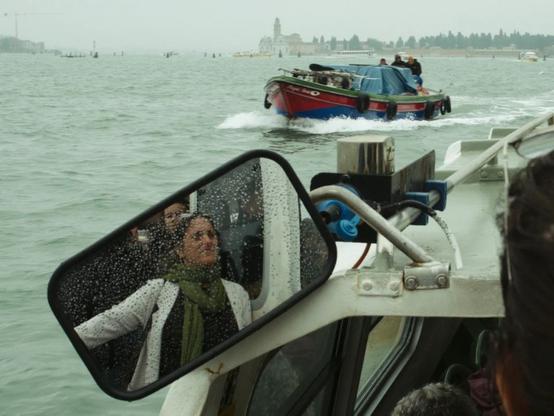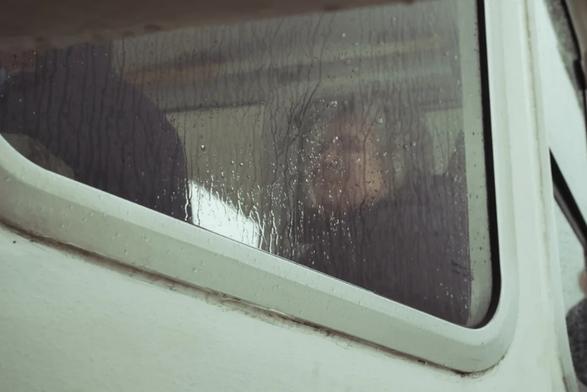#Electronic #deephouse #deeptechno #dubtech #dubtechno #dubtechno #freedownload #texturalbeing #Venice
CC BY-NC-ND (#CreativeCommons Attribution Non Commercial No Derivatives) #ccmusic
https://deepindub.bandcamp.com/album/textural-being-begin-freefall

Textural Being - Begin Freefall, by Textural Being
8 track album
Runes in Venice
Who would expect to find runes in Venice? After all, the Vikings never did come to Venice, even if they did go a little bit everywhere.
In fact, the closest the Vikings ever got to Venice was southern Italy and the lower Adriatic.
Yet, in central Venice, at the entrance to the Arsenale — the ancient Venetian navy docks — there is a statue of a lion with several runic inscriptions on both shoulders and one of the legs.
The story is two thousand years long, and it starts in Ancient Greece.
#Inscriptions #Runes #Venezia #Venice #Vikings
Read more here: https://historywalksvenice.com/article/curiosities/runes-in-venice/
#Echoton #Electronic #deephouse #deeptechno #dubtech #dubtechno #dubtechno #dubtechno #freedowload #Venice
CC BY-NC-ND (#CreativeCommons Attribution Non Commercial No Derivatives) #ccmusic
https://deepindub.bandcamp.com/album/echoton-early-reflections

Echoton – Early Reflections, by Echoton
4 track album
Strada Nova – the end
The Strada Nova was not a single project with an overarching scope. It was rather a series of changes, spanning half a century, which became the start of mass tourism in Venice.
Much of this happened, or started, under the Austrian domination, but it didn't stop when Venice became Italian in 1866.
It also happens in periods when descendants of the old Venetian aristocracy were in charge of local administration.
The inscription left on a wall at Campo San Bartolomeo is emblematic of the attitude of the people in charge:
Demolished the ancient houses
For public decor and utility
The city administration
Enlarged the square
1863
Podestà Marcello
The podestà was the appointed head of the local administration during the Austrian domination.
Read more here: https://historywalksvenice.com/article/strada-nova-from-the-station-to-rialto/strada-nova-the-end/
Compari alla Malvasia — Malvasia Companions — Grevembroch 1-84
"Compari alla Malvasia" (Malvasia Companions) from the Gli abiti de veneziani (1754) by Giovanni Grevembroch, translated by René Seindal.
#Clothes #Coffee #Sources #Sugar #Translations #VenetianNobility #Venezia #Venice
Read more here: https://historywalksvenice.com/translation/compari-alla-malvasia-malvasia-companions-grevembroch-1-84/
